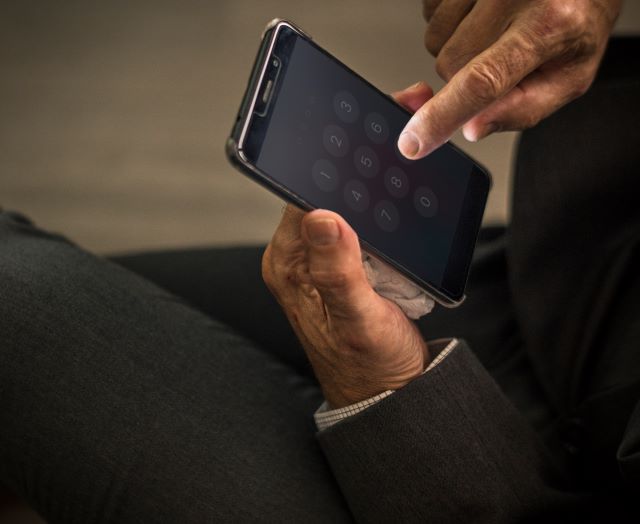Road safety professionals are calling for motorists to keep online meetings out of their cars.
Imagine that you’re driving, you’re bored and tired of staring at the road, your eyes drift toward the polished touchscreen to the left of your steering wheel. First you scroll through its menus to select a music playlist; then you use its mapping tool to reroute toward a nearby coffee stop.
Sounds like a pretty normal driving experience these days. Sure, you temporarily looked away from the road while tapping through your mobile, but what’s the harm in having a quick scroll?
You might have been distracted for as long as 40 seconds while changing your destination, according to road safety professionals—long enough to go blindly 805 meters at 80km/h.
But now added to the list of distractions, you can remote work in your car or, more aptly named “mobile office”, with a new feature.
While it’s not illegal to make conference calls using a hands-free kit, the habit could be increasing your risk of having an accident, according to experts. And you could still face prosecution if you’re distracted enough that your ‘standard of driving’ takes a nose-dive.
COVID-19 fundamentally changed the way we interact with our vehicles.
“As many abruptly shifted to a virtual environment, reliance on technology dramatically increased along with screen time, causing a majority of drivers to carry this distracted behaviour into their vehicles,”
said Noel Gibbons road Safety Officer, Communication Department Mayo County Council.
Microsoft is rolling out an update to its widely-used Microsoft Teams app, with a primary focus on hybrid work improvements and car play integration. With CarPlay integration, you can now join Microsoft Teams meetings from your car. The app is also being updated to include quick access to chat, live reactions, and the Microsoft Whiteboard.
A study found that drivers at the drink-drive limit saw reaction times slow by 12 percent. Cannabis users had 21-percent slower reaction times while texting-while-driving saw times slow by 35 percent. Hand-held phone calls had a 46-percent increase while Android Auto and Apple CarPlay usage saw reaction times increase by 53 and 57 percent, respectively. Even voice controls for both systems slowed reaction time by 30 and 36 percent. The increased distractions negatively affected stopping distances and lane control.
The study also discovered that drivers underestimated the amount of time they spent looking away from the road by as much as five seconds. Participants in the study failed to react to outside stimuli on the road ahead when engaged with either system, with some reaction times slowing by as much as 50 percent. The study is a reminder that technology may add convenience, but it may not be safer or less distracting.
To stay safe, limit distractions as much as possible. If you use your phone for music or navigation, set it up before you start driving. And of course, don’t Zoom or teams meet and drive!

